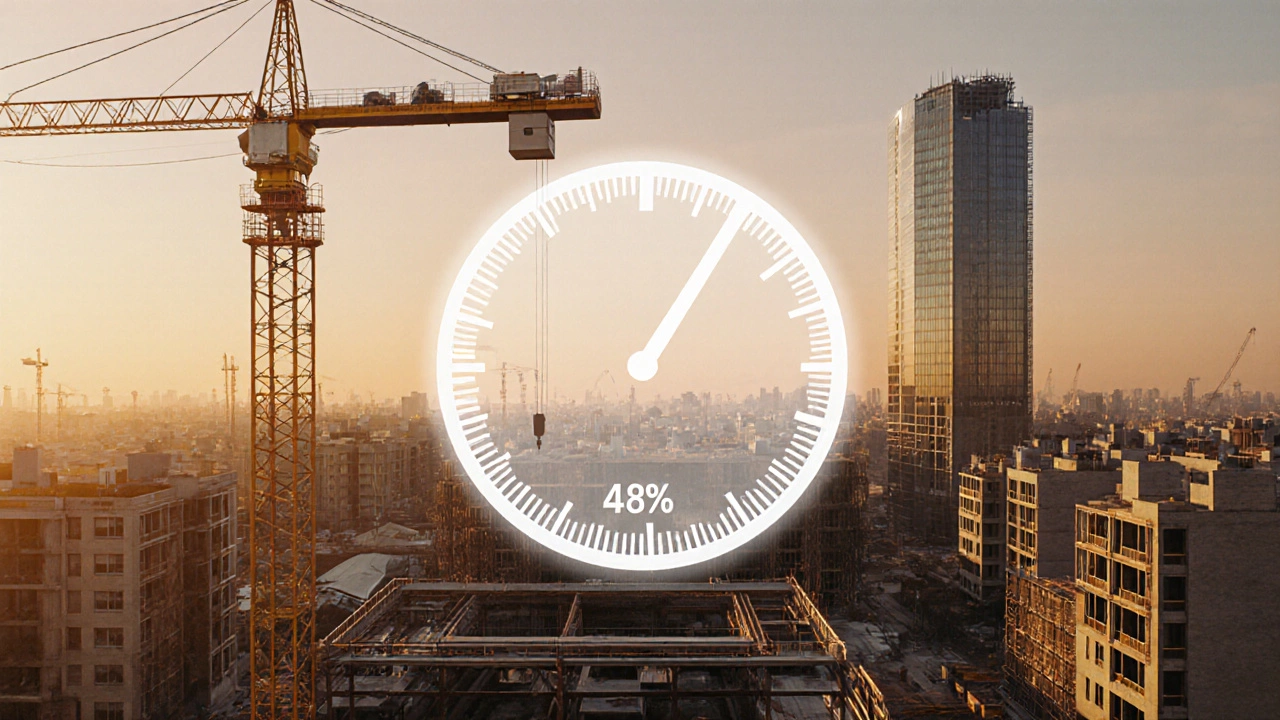Commercial Construction Profit Margin
When working with Commercial Construction Profit Margin, the percentage that shows profit after all project costs are deducted from revenue. Also known as commercial profit margin, it tells developers whether a job is making money or just breaking even. Commercial Construction covers large‑scale projects such as offices, warehouses, shopping centres and hotels has its own set of cost pressures, and understanding those pressures is the first step to improving that margin. Return on Investment (ROI) measures how quickly the invested capital is recouped as profit is directly tied to the margin – a higher ROI usually means a healthier profit line.
What Drives the Margin in Commercial Projects?
Every commercial build starts with a budget, and that budget is shaped by three core factors: material costs, labour expenses and overhead. Material costs dominate because projects use massive quantities of concrete, steel, and finishing products. Sourcing limestone or other aggregates from a nearby quarry can shave a few percent off the total cost – that tiny reduction multiplies across thousands of tonnes and lifts the overall margin. Labour expenses follow; skilled crews command higher rates, but efficient scheduling and clear communication can prevent costly overtime. Overhead includes permits, insurance, site security and management fees; these are often fixed percentages, so trimming them requires negotiating better contracts or streamlining processes.Commercial construction profit margin therefore hinges on controlling these three cost pillars while keeping revenue realistic.
Project budgeting is the glue that holds everything together. A detailed line‑item budget lets you spot where costs are creeping up before they hurt the bottom line. It also feeds directly into ROI calculations: if you can forecast a 12% ROI early, you can justify a tighter margin target and negotiate better terms with subcontractors. In practice, many developers use cost‑plus contracts, which add a guaranteed profit on top of actual expenses. While this protects the builder, it can erode the client’s ROI and make the overall margin look inflated. Fixed‑price contracts flip the risk, forcing the builder to stay within budget and often resulting in a leaner, more genuine profit margin.
Another often‑overlooked driver is risk management. Weather delays, unforeseen site conditions, and regulatory changes can all spike costs unexpectedly. By investing in thorough site surveys and accurate weather modelling, you reduce the likelihood of surprise expenses. Insurance products that cover specific construction risks can also protect the margin, ensuring that a single event doesn’t turn a healthy profit into a loss. In short, Risk Management identifies and mitigates potential cost overruns before they happen is a key strategy for keeping the profit margin stable.
Finally, technology plays a growing role. Building Information Modeling (BIM) lets teams visualize every component before ground breaks, exposing clashes that would otherwise cost money to fix later. Prefabrication reduces on‑site labour time, and real‑time cost tracking software alerts managers the moment a line item exceeds its budget. When you combine local material sourcing, tight budgeting, proactive risk management, and modern tech, the profit margin naturally improves without sacrificing quality.
Below you’ll find a curated set of articles that dive deeper into the topics we just touched on – from comparing commercial versus residential projects to understanding how classification affects costs, and even a look at how material choices like limestone can influence your bottom line. Each piece offers practical insights you can apply to boost your own project’s profitability.
Average Construction Profit Margin in 2025: How Much Do Builders Earn?

Explore the 2025 average profit margin for construction, broken down by residential, commercial, and specialty sectors, with factors, benchmarks, and tips to boost profitability.
read more



